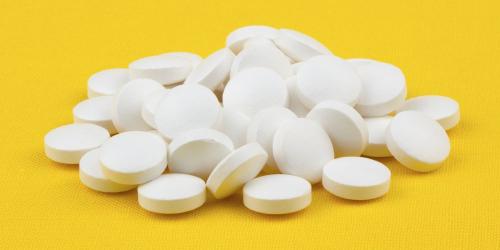What is the Telethon?
The first telethon took place in 1987. At the time, the ambition was to invent therapies to treat rare genetic diseases that could previously be ignored and neglected by science and medicine. Yet in France, 3 million French people are affected by these rare diseases. Every year, the time of a weekend, an impetus of national solidarity towards the patients is spared thanks to the Telethon. 200,000 volunteers get involved each year to organize local events and collect valuable donations.
The Telethon, what's the point?
The donations collected during the Telethon have made considerable progress in recent years:
- Improve the daily life of patients . Notably thanks to the improved diagnosis of diseases. Now faster and more accurate, it allows better care of patients and improving their comfort of life.
- Provide tools to researchers . Thanks to the donations of the first editions of the Telethon, maps of the human genome could be made and made available to the international scientific community in order to identify and decipher the genes responsible for diseases.
- Treat rare diseases . In 2000, researchers achieved a first victory thanks to gene therapy. They manage to treat "baby-bubbles", deprived of immune defense. A first promising success. Since clinical trials are multiplying to treat other diseases of vision, blood, brain but also more common diseases such as Parkinson's or cancer ...
The objectives of the Telethon
Despite promising results, much remains to be done to help the 3 million French people affected by rare diseases. The main challenges for the Telethon in 2016 are the acceleration of therapeutic innovation, the development and production of innovative biotherapies and the transformation of clinical trials into effective treatments available to patients.




